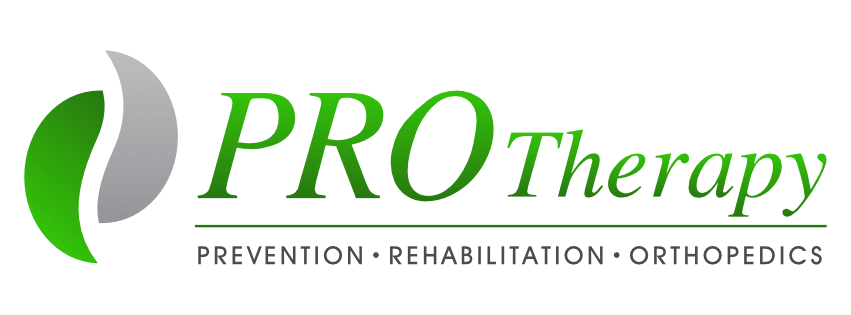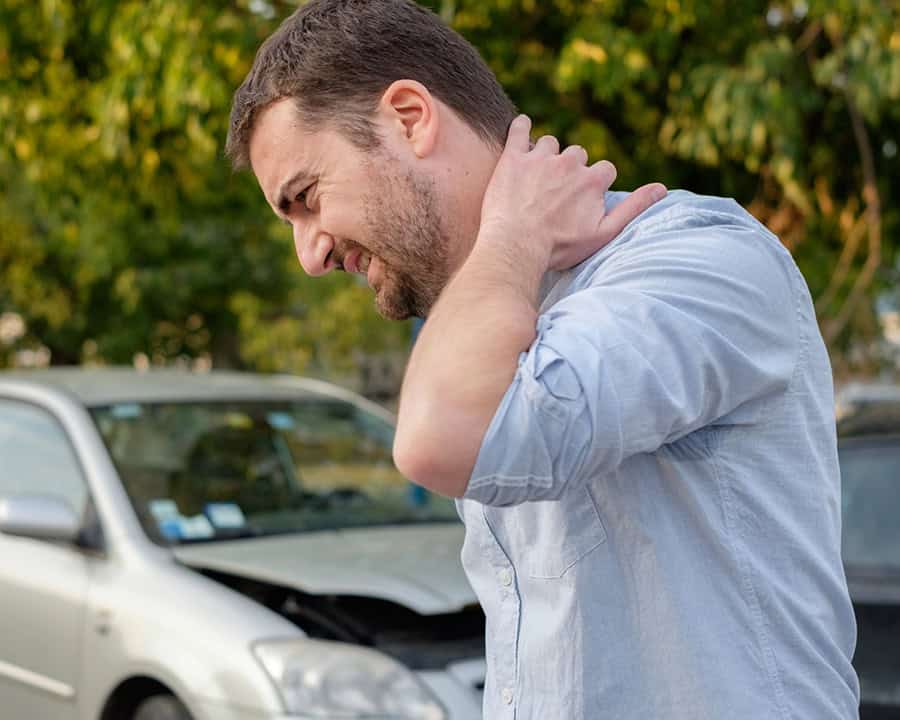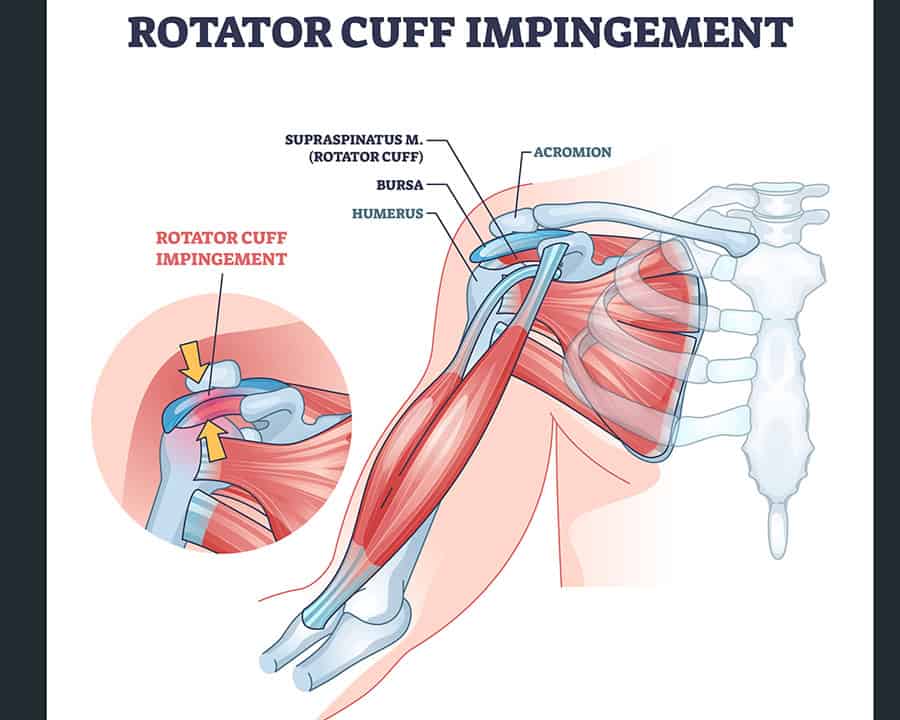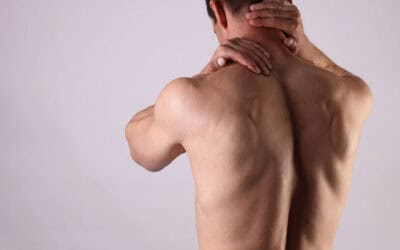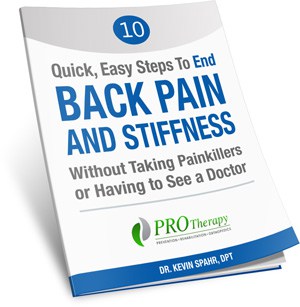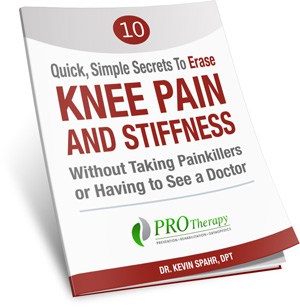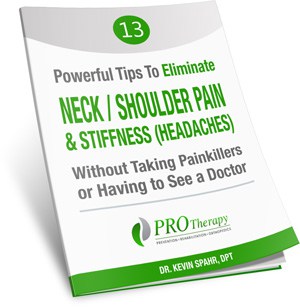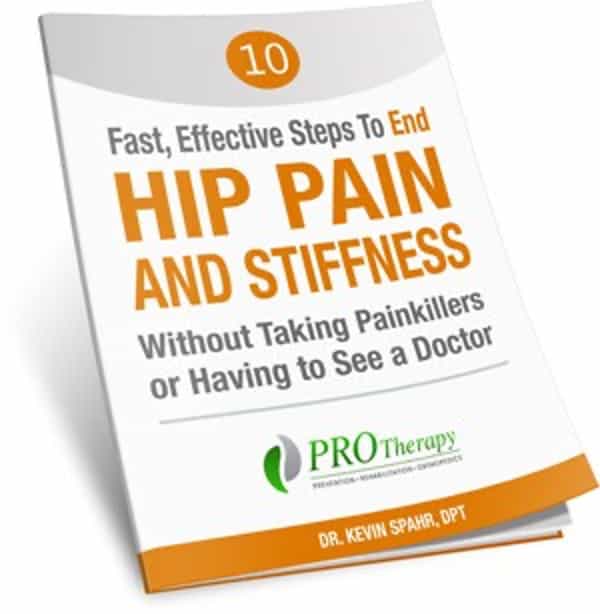The moments following a car accident can be disruptive and overwhelming, often leaving you with pain, uncertainty, and a desire to get back to your normal life. At PRO Therapy, located right here in Coon Rapids, MN, we understand the unique challenges you face. We are proud to introduce our specialized Motor Vehicle Accident (MVA) rehabilitation program, dedicated to guiding you on your path to a full recovery. Our primary goal is to help you move past the pain and limitations, restoring your function, strength, and confidence with expert, personalized care.
The PRO Therapy Approach to MVA Recovery
Your journey with us begins with a comprehensive, one-on-one initial assessment. We take the time to listen and understand the specifics of your accident and symptoms. Our expert physical therapists will meticulously evaluate your posture, movement patterns, strength, and flexibility to form a complete clinical picture of your injuries. From there, we collaborate directly with you to set meaningful, functional goals.
Whether your aim is to regain the simple freedom to turn your head without pain, the ability to confidently return to work, or the strength to get back to your favorite weekend activities, your goals become our mission.
Common Car Accident Injuries and Their Physical Therapy Treatment
1. Whiplash Associated Disorders
Whiplash is the most common injury following a car accident, especially from rear-end collisions. It’s a soft tissue injury to the neck caused by the rapid back-and-forth movement of the head.
- Symptoms Treated: Neck pain and stiffness, headaches (often starting at the base of the skull), dizziness, shoulder and upper back pain, and sometimes tingling or numbness in the arms.
- Physical Therapy Treatment:
- Acute Phase (First few days): The focus is on pain and inflammation control. This includes gentle range-of-motion exercises (e.g., slowly turning the head side to side), pain-relief modalities like ice packs or TENS (Transcutaneous Electrical Nerve Stimulation), and education on proper posture to avoid further strain. The old advice of complete immobilization with a hard collar is now rarely recommended, as gentle movement promotes faster healing.
- Subacute/Rehabilitation Phase: As the initial pain subsides, the focus shifts to restoring function.
- Manual Therapy: Hands-on techniques like soft tissue massage to release tight muscles (e.g., the trapezius and levator scapulae) and joint mobilizations to improve the movement of the cervical vertebrae.
- Therapeutic Exercise: This is the cornerstone of whiplash recovery. A therapist will prescribe specific exercises to:
- Strengthen Deep Neck Flexors: These muscles support the neck. An example is the “chin tuck” exercise, where you gently nod your head as if saying “yes” while lying on your back.
- Improve Scapular Stability: Strengthening the muscles around the shoulder blades (like the rhomboids and serratus anterior) provides a stable base for the neck.
- Postural Re-education: Teaching the patient how to maintain a neutral spine during daily activities like sitting at a computer or driving.
2. Rotator Cuff Injuries & Shoulder Impingement
Bracing for impact by gripping the steering wheel or being jolted by a seatbelt can cause tears or inflammation in the rotator cuff muscles and tendons of the shoulder.
- Symptoms Treated: Pain in the shoulder, especially with overhead activities, reaching behind the back, or sleeping on the affected side. A feeling of weakness or a clicking/popping sound may also be present.
- Physical Therapy Treatment:
- Pain and Inflammation Reduction: Initial treatment may involve pendulum exercises (gently swinging the arm to promote circulation without engaging muscles) and modalities like ultrasound or ice.
- Range of Motion: Gentle passive and active-assisted range of motion exercises to prevent a “frozen shoulder.”
- Strengthening Program: Once the pain is controlled, the focus shifts to strengthening the rotator cuff muscles and the muscles that stabilize the scapula. This often involves using resistance bands for exercises like external rotation, internal rotation, and scaption (raising the arm at a 30-degree angle to the side).
- Stretching: Improving the flexibility of the shoulder capsule and surrounding muscles, such as the pectorals.
3. Knee Injuries (e.g., Meniscus Tears, Ligament Sprains)
During a collision, it’s common for the knee to forcefully strike the dashboard or be twisted, leading to injuries to the meniscus (the knee’s shock absorber) or the ligaments (like the ACL or PCL).
- Symptoms Treated: Knee pain, swelling, instability (“giving way”), locking or catching of the knee joint, and difficulty bearing weight.
- Physical Therapy Treatment:
- Swelling and Pain Control: Using RICE (Rest, Ice, Compression, Elevation) principles initially.
- Restoring Range of Motion: Exercises like heel slides are used to regain full bending (flexion) and straightening (extension) of the knee.
- Strengthening: This is vital for knee stability. The focus is on:
- Quadriceps: Exercises like straight leg raises and terminal knee extensions.
- Hamstrings and Glutes: These muscles provide crucial support to the knee. Bridges and hamstring curls are common.
- Proprioception and Balance Training: After a knee injury, the body’s sense of joint position is often impaired. A physical therapist will use tools like wobble boards or foam pads to retrain balance and prevent future injury.
- Functional Training: As the patient improves, exercises will mimic real-life activities, such as squats, lunges, and learning to navigate stairs safely.
No matter what injury you have, with a clear plan in place, we can implement a multifaceted treatment strategy. We will combine hands-on manual therapy, a customized regimen of therapeutic exercises, and some vital patient education. Recovery is a dynamic process, which is why we continuously monitor your progress, adapting your treatment plan as you heal and grow stronger.
This ensures your rehabilitation is always safe, effective, and perfectly aligned with your needs. Don’t let pain from a car accident control your life. Take the first step towards feeling like yourself again and let the expert team at PRO Therapy guide you on your road to recovery.
